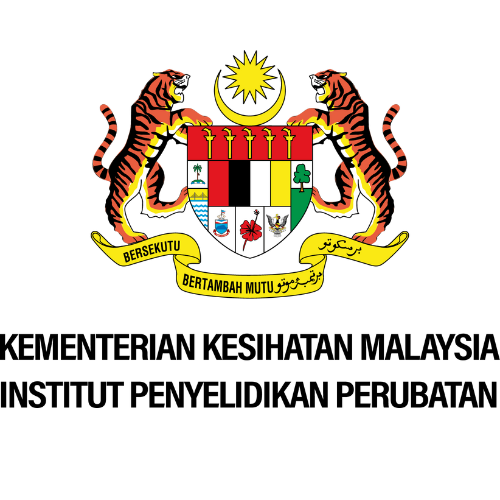Dysoxylum cauliflorum Hiern
Family
Meliaceae
Synonyms
Dysoxylum beccarianum C. DC., D. cuneatum Hiern.
Vernacular Names
| Malaysia | Dedali, langga ayer, pokok parong (Peninsular), uchong chit (Iban, Sabah). |
| English | Stem dysoxylum. |
| Indonesia | Mensiah rima (Sumatra). |
Geographical Distributions
The distribution of Dysoxylum cauliflorum is throughout Vietnam, Cambodia, Thailand, Peninsular Malaysia, Sumatra, Borneo and the Philippines; possibly also in Burma (Myanmar).
Description
D. cauliflorum is an evergreen, dioecious (seldom with bi sexual flowers) shrubs or small to fairly large or rarely large trees that can reach up to measure 35(-47) m tall. The bole is variable in shape, branchless for up to measure 20(-28) m, up to measure 80(-150) cm in diametre, sometimes with up to measure 3(-5) m high buttresses and sometimes fluted at the base. The bark surface is mooth and lenticellate to fissured, becomes cracked and it is grey or grey-brown to blackish in colour. The inner bark is often fibrous, straw-coloured to brown, sometimes with pinkish bands or mottled brown to orange and often fragrant or sometimes sour or pungent.
The leaves are arranged spirally or seldom opposite, paripinnate or rarely imparipinnate and exstipulate. The leaflets are opposite and entire.
The flowers are in an axillary to cauliflorous, paniculate to racemose inflorescence, sometimes reduced to a fascicle or solitary and functionally unisexual. The sepal is 3-5(-6lobed or with free sepals. The petals are 3-6 and free or adnate to the lower half of the staminal tube. The staminal tube is cylindrical to urn-shaped and with 6-16 anthers. The disk is free. The ovary is superior and with 2-6-locular where 1-2 seeds are in each cell. The style head is capitate to discoid.
The fruit is a 2-6-valved capsule.
The seed is usually with an opaque and orange-yellow to red aril or sarcotesta. Seedling is with hypogeal germination. The cotyledons are occasionally emergent and peltate. The hypocotyl is not or only slightly elongated. The first pair of leaves are arranged opposite or spiral and they are simple to 5-foliolate
Ecology / Cultivation
D. cauliflorum is found scattered and is rarely common. It occurs up to 2000(-2900) m altitude in evergreen or rarely semi-deciduous, primary or sometimes secondary forest and regrowth.
Line Drawing / Photograph
References
- Plant Resources of South-East Asia No. 5 (3): Timber trees: Lesser-known timbers.




